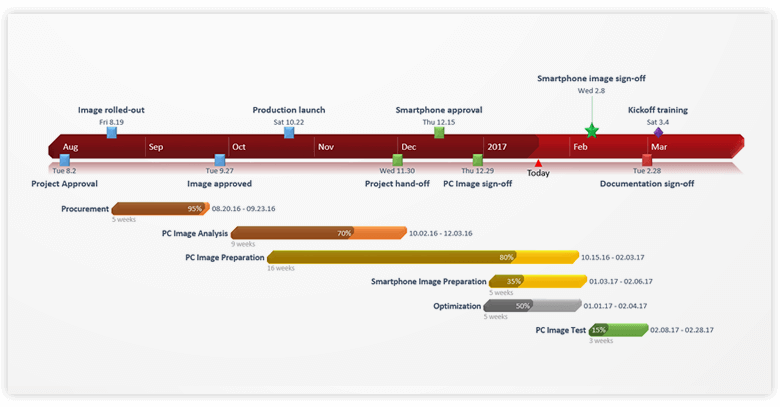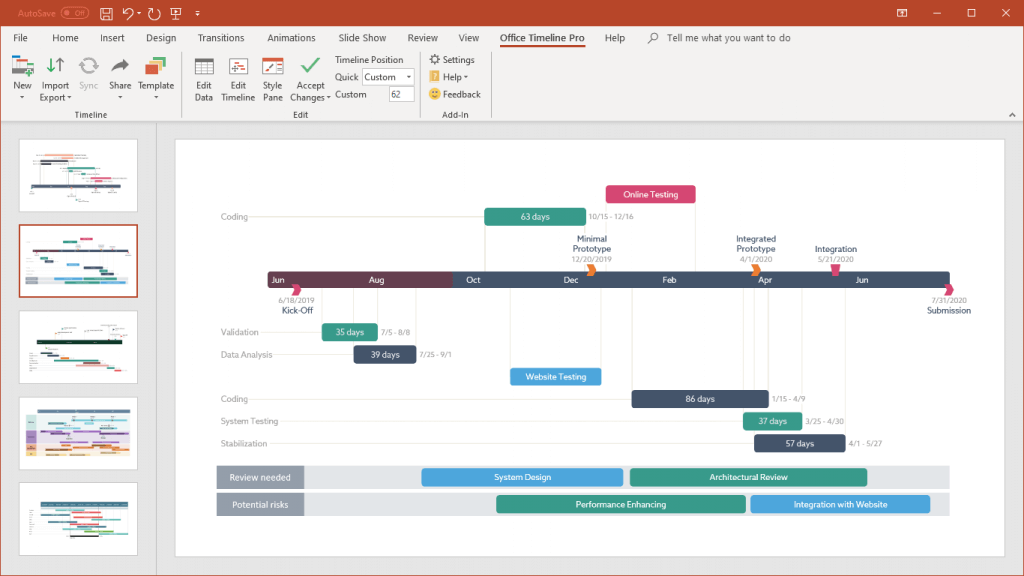
Here’s something we don’t often think about when working with an external client. Our client probably has no idea of project-management methodology and they most likely don’t know Prince2 or PMBOK or any of the ambiguous vernacular we project managers use. Things like agile, burn down, critical path, earned value, epics, float, scrum, sprints, variance, and work breakdown may be intimidating terminology to non-practitioners. Yet, this is often the language we use when we communicate with them.
Occasionally, our client may be 100% assigned to working-on and managing our project. In cases like this, they may be comfortable with the project management process, however, it is more likely that this person has been assigned to the project because the project is somehow within the broader scope of their responsibilities. Additionally, overseeing the project may only be 5% of that person’s overall duties. So, although the project may be strategic to him or her, it is probably not their primary daily function. That is why we shouldn’t expect them to be adept at understanding project management methodology or the terminology of our practice.
Clients like this want us to remember that they are not experts in project management, but that they are professionals with full time jobs in their particular field of business – manufacturing, finance, healthcare, transportation, etc. They hired us to be the expert in project management. They want us to communicate and report to them in a way that they can understand; and in a way that is not intimidating and filled with technical project jargon. Our client will have to answer to somebody higher-up in their organization, and that person will also need to be briefed on where your project stands. Clients want us to remember that they have to roll our project reviews and status reports up to their executives in a way their executives can digest them.
In a previous post we wrote about how Project Managers should communicate with their own managers and executives when providing status reports. Many of the same principles apply when communicating with external clients. Here are the top 3 must-dos when communicating with clients:
1. A picture is worth 1K words
Most often our clients are busy people who do not have the time to read text heavy, detailed communications. Graphs, charts and other project visuals can give the client a lot of information. They are also easy for clients to share or distribute within their organization. Including visuals in your communications such as a schedule or small scoreboard will help them understand your report at a glance. Alternatively, if visuals are not possible, presenting your key data on a slide that consists of bullet points and percents will make it more viewable and shareable.
One of the best visual ways to present project status to clients is to use a Gantt chart that also contains percent complete for each task, just like the one below. It was created with Office Timeline Online which is an easy Gantt chart maker.

2. Less detail is better
We are quite competent at producing richly detailed reports and communications. We are, after all, in a detail management profession, so communicating everything from budget and schedules to sprints and resources, is natural to us. Also, delivering this much detail may seem like we are demonstrating control and accountability. A smarter approach is to just provide a summary of key data that gives the status or health of the project at that particular moment. Of course, you will have the rich detail in case your client wants to drill down, however, it is better to start with a high-level summary and then bring in the detail when asked.
3. Watch your language
When communicating with clients, do so as if you were talking to a non-technical person in your organization, perhaps a marketing person or an admin. When preparing reports or client communications, you should assume that it will go beyond your immediate client, to a wider audience, or that your client will need to digest your report and roll-it up to their management. For these reasons, it makes sense to clean out any heavy terminology that we use in our daily work, or that our project management tools and applications spit out. Instead, communicate in a clear, neutral way that is easy for non-project audiences to understand.
Much of this comes down to being respectful of our client’s time and priorities. They are busy people, working on other important things. They do not have the time to try and digest long communications, nor may they have the capacity or desire to understand the project management world and the cryptic language we speak. Adapting our communications styles to fit their needs will make us more valuable professionals and it will increase the visibility of our work at the customer.

Turn project data into professional timelines
Get the advanced features of Office Timeline Pro+ free for 14 days.
Get free trial